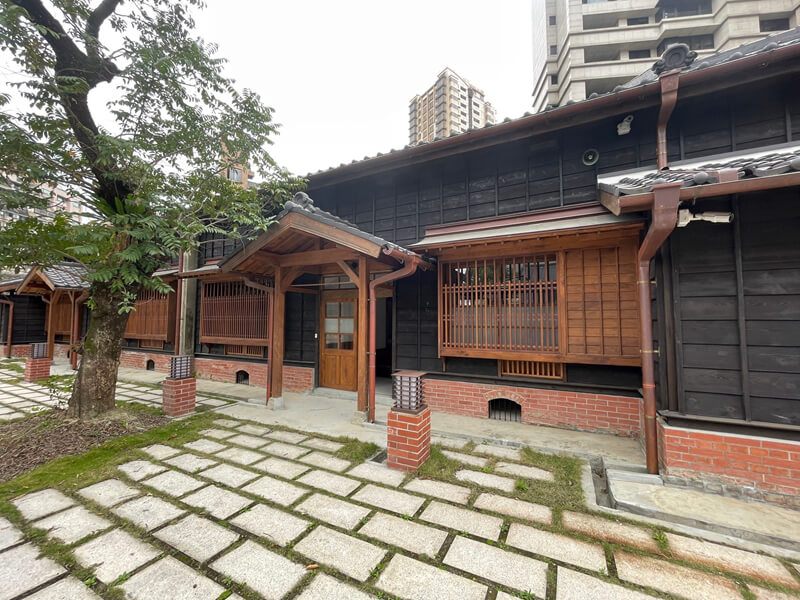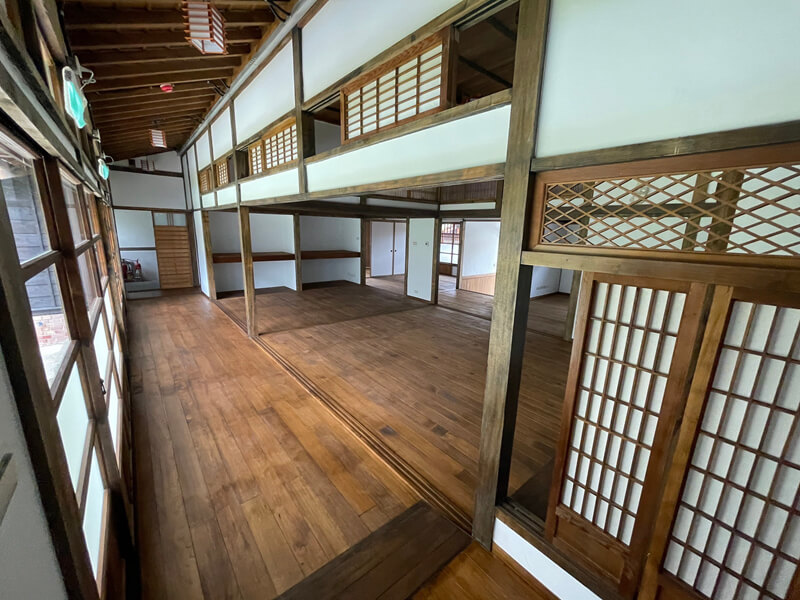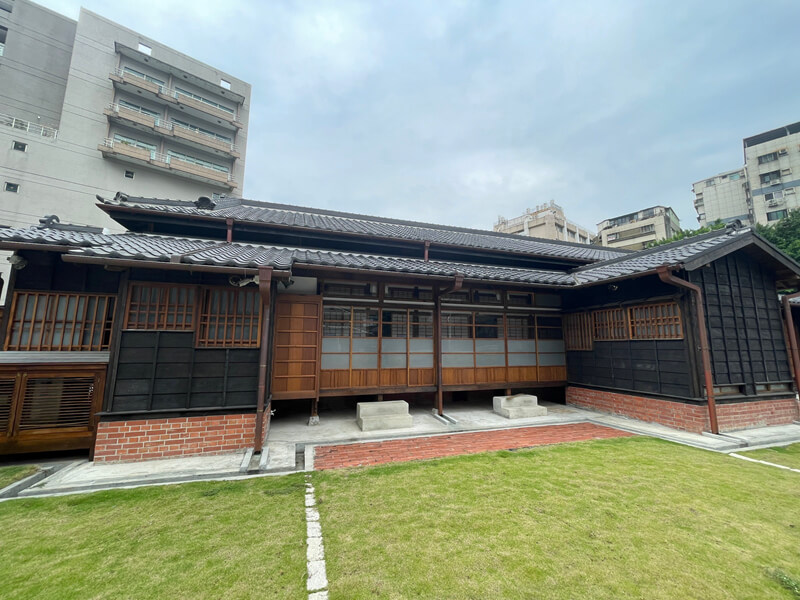With a long history, BOT owns many precious historical buildings. Through the revitalization of these historical sites, BOT showcases the development history of Taiwan's economy and finance with exhibits covering literature, history, artifacts, currencies and arts, and contributes to the promotion of arts by combining local history.

BOT Museum
BOT prepared the launch of the BOT Museum in 2013. This building was a typical office building in the 1930s and witnessed the changes of Taipei City with over one hundred years of financial development history. This building has been preserved and many precious artifacts have been collected, including publications, liberty lottery tickets, coins and banknotes, ancient coins, paintings, wares, and historical materials. All these artifacts are on show and open to the public free of charge. Government agencies and organizations may make online reservations, and guided tours and information sessions are also available.
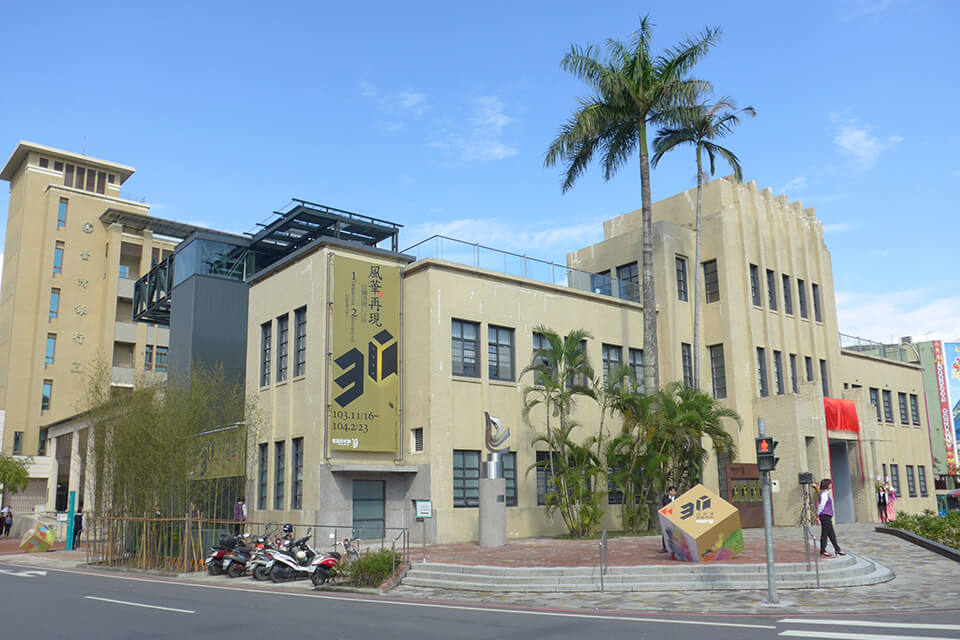
Yilan Museum of Art
Formerly known as BOT's Yilan Branch, the Yilan Museum of Art was originally located in the center of the old downtown of Yilan, witnessing the history of urban development of Yilan across different eras. The museum officially opened in 2015. While showcasing local artistic creations through the preservation of important facilities in the old building, it also presents the financial development of Yilan. The importance BOT places on artistic and cultural development and local promotion is clear from the aesthetic space and currencies previously stored at the vaults to the artistic assets exhibited today.

BOT employee potential development center
BOT has two employee potential development centers located in Beitou, Taipei, and Jiaoxi, Yilan. New significance has been granted to cultural assets through the restoration and reutilization of old historical dormitories, and the restoration of local historical buildings of Yilan. The two potential development centers are used for a variety of purposes, including for employees to rest, for education, and training, and for meetings and activities, etc., therefore, while offering a unique learning environment to employees, they also help preserve history in Taiwan and fulfill social responsibility.
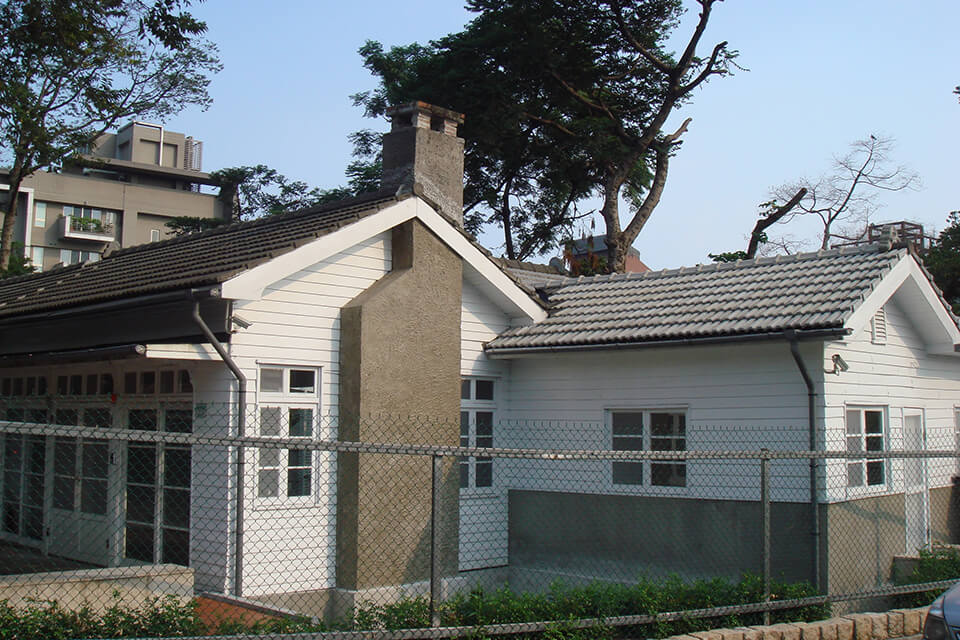
Restoration and Reutilization of Former US Military Dormitories in Yangmingshan
Located around Chinese Culture University, the former US Military Dormitories in Yangmingshan comprise a total of 118 buildings and were announced and registered by the Taipei City Government as cultural landscapes. Some buildings were already registered as historical buildings. To assist with the preservation of local cultural assets, BOT collaborated with each party and engaged tremendous resources with emphasis on coexistence with the local community. BOT selected one historical building (F210 housing and land) for independent restoration. This project was completed at the end of May 2023. After a license is issued by the Department of Cultural Affairs, Taipei City Government, this building will be open to the public for guided tours, literary events, and cultural landscape exhibitions. BOT fully leverages its diversity and resilience to revitalize, utilizing and maintaining cultural assets.
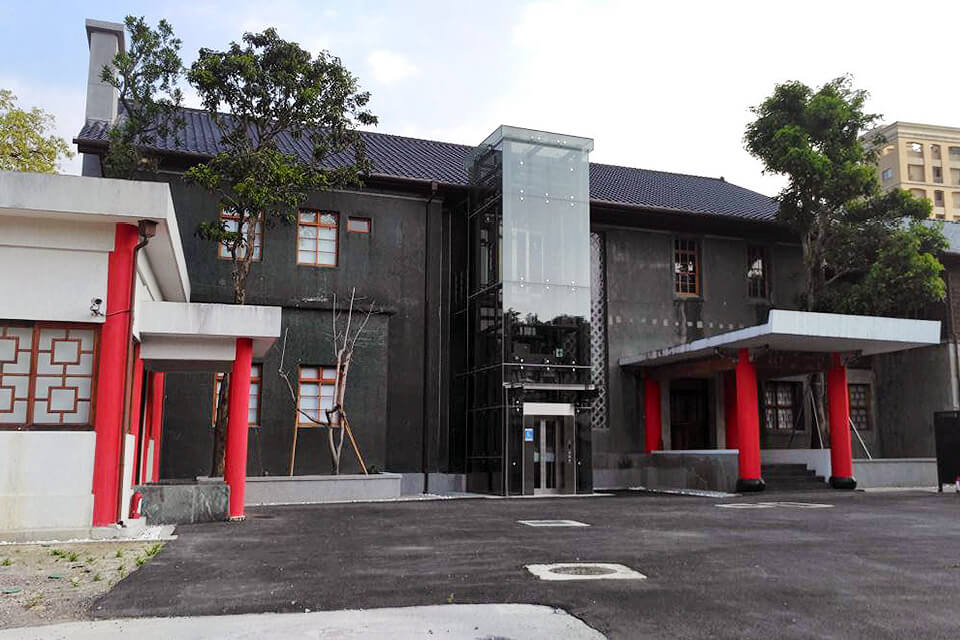
Restoration and Rebuilding of Historical Sites of Freedom House and Datong House
Located on South Chongqing Road, Taipei, Datong House was originally an important venue for former President Yen Chia-Kan to perform official duties and receive guests before his death. Freedom House was previously used to host important guests who participated in BOT Club activities, political magazine Free China, film, television, and economic research activities. These two historical sites have experienced the marks of time and reflect construction backgrounds of different eras. The historical site restoration and reutilization project was completed in 2017. The building structures were reinforced during the restoration, and not only extending the life of the buildings, but also promoting cultural and creative economic value.
(The source of picture:Bureau of Cultural Heritage, Ministry of Culture)

Old Sanwa Bank
Located in Hamasen Museum of Taiwan Railway, Gushan District, Kaohsiung, the Old Sanwa Bank was built in 1921 and used as a bank since the Japanese colonial period. BOT took over this building after World War II. The restoration project was completed in 2018 and the building was leased to the Bureau of Cultural Affairs, Kaohsiung City Government, for public use. The building was then leased to a café owner, and historical relics like receipts, banknotes, and vault doors from the Japanese colonial period have been preserved to connect this historical site with tourism, so visitors of the café can enjoy history.
(The source of picture:Bureau of Cultural Heritage, Ministry of Culture)
Safeguarding Cultural Assets to Extend the Life of Historical Buildings and Experience History
During the Japanese colonial period, the area of former Nancaiyuan Japanese-style Dormitories was administered by Guting Village, and was later renamed to "Sakumacho 3 Chome" (currently within the block formed by Ln. 81, Guling St., Zhongzheng Dist., Taipei City and Ln. 2, Sec. 2, Nanchang Rd., Zhongzheng Dist., Taipei City). In accordance with the cadaster and information recorded in Taiwan Daily News, it has been judged that it was established around 1919~1920, and used as the (official) dormitories of Japanese employees of Bank of Taiwan Co., Ltd. Originally a villa was constructed for Kodama Gentaro, Governor-General of Taiwan in 1899, on the eastern side of the base of the dormitories (Kodamacho 4-chome). Kodama Gentaro renamed it to "Nancaiyuan", which was the original name of this historical site. A cluster of Japanese (official dormitories) was thus formed.
